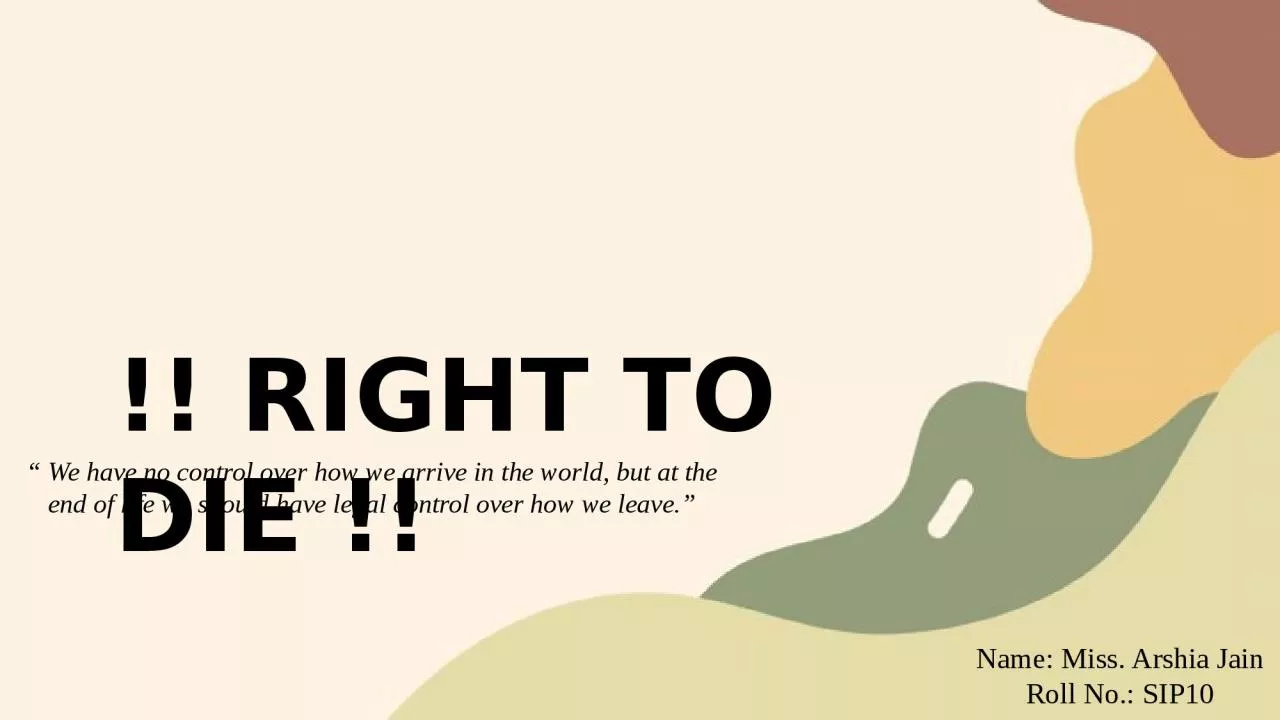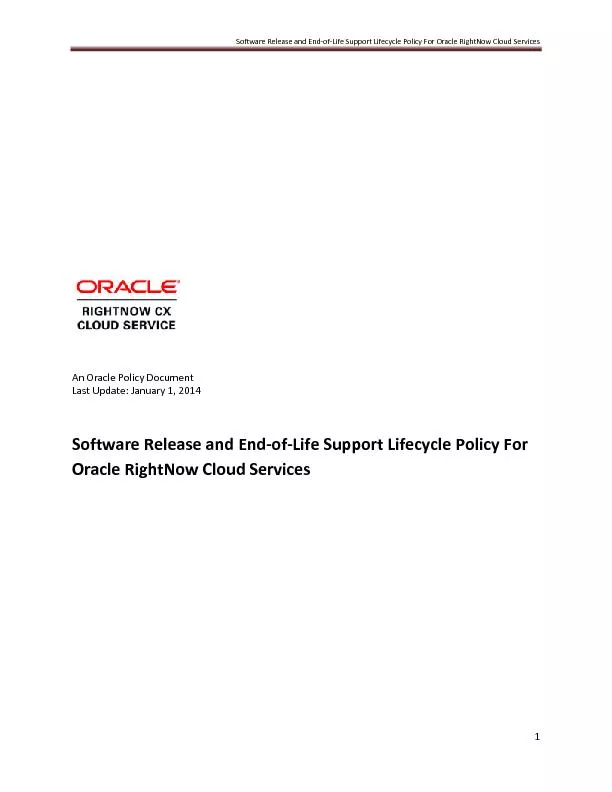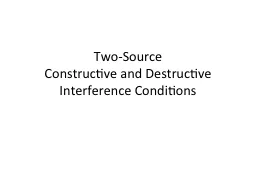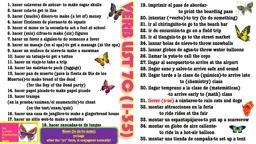PPT-!! RIGHT TO DIE !! “ We have no control over how we arrive in the world, but at the
Author : BlueEyedBeauty | Published Date : 2022-08-02
Name Miss Arshia Jain Roll No SIP10 Euthanasia is seen as a conundrum due to the presence of many conducts justified on several grounds Not only the views on euthanasia
Presentation Embed Code
Download Presentation
Download Presentation The PPT/PDF document "!! RIGHT TO DIE !! “ We have no contro..." is the property of its rightful owner. Permission is granted to download and print the materials on this website for personal, non-commercial use only, and to display it on your personal computer provided you do not modify the materials and that you retain all copyright notices contained in the materials. By downloading content from our website, you accept the terms of this agreement.
!! RIGHT TO DIE !! “ We have no control over how we arrive in the world, but at the: Transcript
Download Rules Of Document
"!! RIGHT TO DIE !! “ We have no control over how we arrive in the world, but at the"The content belongs to its owner. You may download and print it for personal use, without modification, and keep all copyright notices. By downloading, you agree to these terms.
Related Documents













![“ Daarop lei [God] [Abraham] uit na buite met die woorde: ‘Kyk nou op na die hemel](https://thumbs.docslides.com/788189/daarop-lei-god-abraham-uit-na-buite-met-die-woorde-kyk-nou-op-na-die-hemel-en-tel-die-s.jpg)
